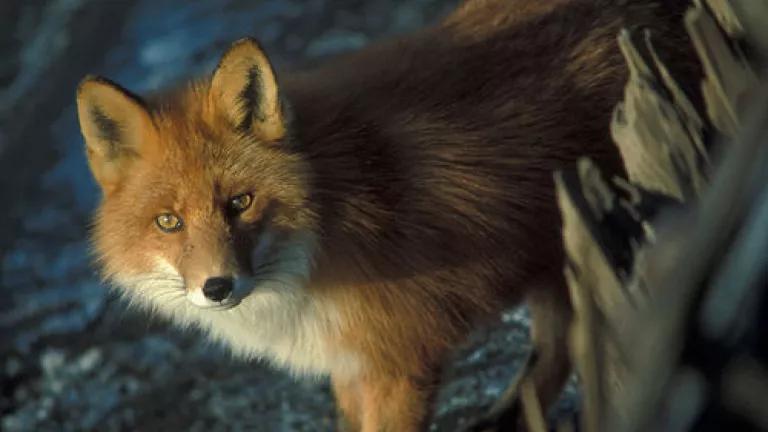
Yesterday, the Los Angeles City Council unanimously passed an ordinance banning the use of traps that snare or grip coyotes, bears, foxes and other animals in the city and directing the Department of Animal Services to ensure that other types of traps aren’t used inhumanely -- for instance, by leaving an animal caged for a long time.
While many people think of wildlife as something encountered in remote forests, deserts, or mountains, our cities also have wildlife of their own: animals that have adapted to living among people and often perform valuable functions. This is particularly true in Los Angeles — small mammals, resident and migratory species of birds, and aquatic wildlife all call parts of Los Angeles home and larger animals, such as foxes, coyotes, and even mountain lions live in the parks and open space within Los Angeles.
Many of these animals provide valuable ecological services. Birds of prey and coyotes help keep pigeon and rodent populations in check. Owls are one of the few species that regularly prey on skunks. Coyotes also keep fox, opossum, and other small predator populations down. In fact, studies of urban coyotes in Chicago have shown that coyotes protect migratory song birds in urban parks by discouraging feral cats from entering them. Coyotes and mountain lions also help control deer populations and mountain lions have been shown to increase vegetation along streams and even boost butterfly diversity.
Why should snares and traps that capture animals by gripping parts of their body be illegal? Well, first there’s the obvious: as the names of now-banned devices like body gripping traps, body crushing traps, and leg hold traps indicate – they’re inhumane. Secondly, these traps are inherently nonselective – meaning they don’t just capture the animals they’re set to deal with, but they also end up trapping a host of wildlife. In fact, we know from the trappers’ own reports that snares and traps often end up killing or maiming completely different species from those they target, including endangered species and even people’s pets. For example, traps intended for coyotes have killed a wide variety of birds (goose, eagles, graves, and hawks), deer, and mountain lions.
On top of all that, there’s a lot of information showing that killing species – as opposed to finding nonlethal ways to deal with them – just doesn’t make sense. For instance, we also know that lethal removal of certain animals, like coyotes, can actually lead to population growth.
All of which goes to show that this vote is a huge step forward. As Council Member Blumenfield stated yesterday, it’s hard to believe these kinds of traps and snares haven’t been banned already. NRDC is proud to have supported the measure from the beginning, testifying before an earlier committee hearing and at yesterday's Council meeting. A big thanks to the Los Angeles City Council—especially Council Member Mitch O'Farrell, who introduced the measure; Council Members Paul Koretz, Tom LaBonge, and Felipe Fuentes, who sit on the Personnel and Animal Welfare Committee; and supporters of the ordinance including our friends at the Humane Society of the United States and Project Coyote. Yesterday’s vote offers further proof that coexistence – not killing – is the way to go when it comes to wildlife.

Left to right: NRDC Policy Advocate Linda Escalante; Council Member Mitch O'Farrell; Randi Feilich, Project Coyote; Skip Haynes, Citizens for Los Angeles Wildlife; Council Member Bob Blumenfield. (Credit: City of Los Angeles)

